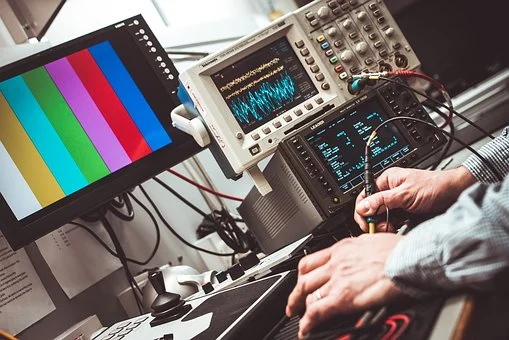How To Protect Your Electronics From An Inferior Electric Source
Inferior electric sources are a leading cause of electrical-related electronic device damage. A power surge is a temporary, unexpected increase in the voltage or current of an electrical circuit. Whenever a power surge occurs, all connected devices are at risk regardless of their size. Studies indicate that power sources within your home and office cause between 60-80% of all power surges recorded. When an appliance stops using power suddenly, there will be an increase in the distributed voltage directed to another device and cause damage. Here are some tips to help you protect your appliances.
Ensure your wiring is good
Damaged and exposed wires disrupt the flow of current and offer little resistance, thus increasing the possibility of a power surge to the outlet they connect. Buzzing sounds or vibrations and frequent tripping of circuit breakers are indicators of faulty wiring. Also, look for burn marks or burning smells coming from outlets. If you require a thorough inspection, go inside the walls and check all the wires individually. If you notice any of the signs mentioned above, call electricians Denver immediately.
Check your AC unit
Since air conditioning units restart several times a day, it makes the current in a circuit increase, increasing the chances of a surge. Upgrade your air conditioner to a newer model. The newer models are energy-sufficient and require much less power to operate. When they start, the excess current in circulation will be lower, reducing the chances of a power surge.
Install surge protectors on essential appliances
Surge protectors are electronic devices that you install between your electronics and its power source. It monitors the flow of electricity between the two points. If the voltage surges too high, the surge protector blocks the excess voltage from reaching your device, shorting it to the ground or blocking it. There is a wide range of surge protectors in the market from which you can choose. Ensure you get the correct kind of surge protector for the protection of your devices. The following are some of the factors to consider:
- Low response time: The time it takes for the surge protector to respond to the surge, usually in nanoseconds.
- Low clamp level: The amount of voltage it takes to make the surge protector divert electricity to the ground.
- High surge capability: The voltage the surge protector can take and still function correctly.
Do not forget that a top-notch surge protector is cheaper than replacing your valuable devices such as your laptop.
Disconnect your devices during storms
Although lightning strikes are infrequent, they can have devastating effects on your devices. They are a significant cause of power surges. The best way to ensure the safety of your electronics during a storm is by simply unplugging them. This simple act can save you a lot of losses.
Consider installing a whole-house surge protector

In addition to the individual device surge protectors, invest in a whole-house surge protector. You install the device between the grid and your home’s electrical system at the primary breaker box. The whole-house surge protector ensures security for your household against external electrical power surges.
Surge safeguard is a significant issue in regards to protecting your electrical appliances. There is a wide range of options in the market for you. Make sure you select the best option for you and follow the above recommendations.

















